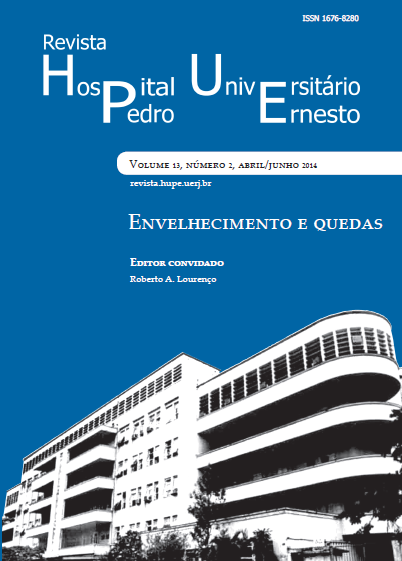Fear of falls in the elderly: a literature review
DOI:
https://doi.org/10.12957/rhupe.2014.10127Abstract
The fear of falling has been gaining recognition as an important health problem in the elderly, even in those without a history of previous fall. However, in Brazil, both in clinical practice and in the research field, fear of falling has not been assessed. This might be due to lack of structured adapted instruments that can be used in our elderly population. Few studies have been conducted in Brazil in order to determine the prevalence and the characteristics of the fear of falling. The purpose of this article is to review the literature regarding the prevalence and associated factors of fear of falling, contributing to the knowledge of this important health problem.
Fear of falling is highly prevalent in this population, and it can affect directly the quality of life of the individuals, being related to adverse health outcomes, such as activity restriction, depression, social isolation and further falls.
Thus, identifying the factors involved in the fear of falling is of extreme importance for screening, identification and monitoring of elderly patients with potential risk of functional decline who need interventions, in order to maintain for as long as possible their functional capacity, independence and autonomy.

